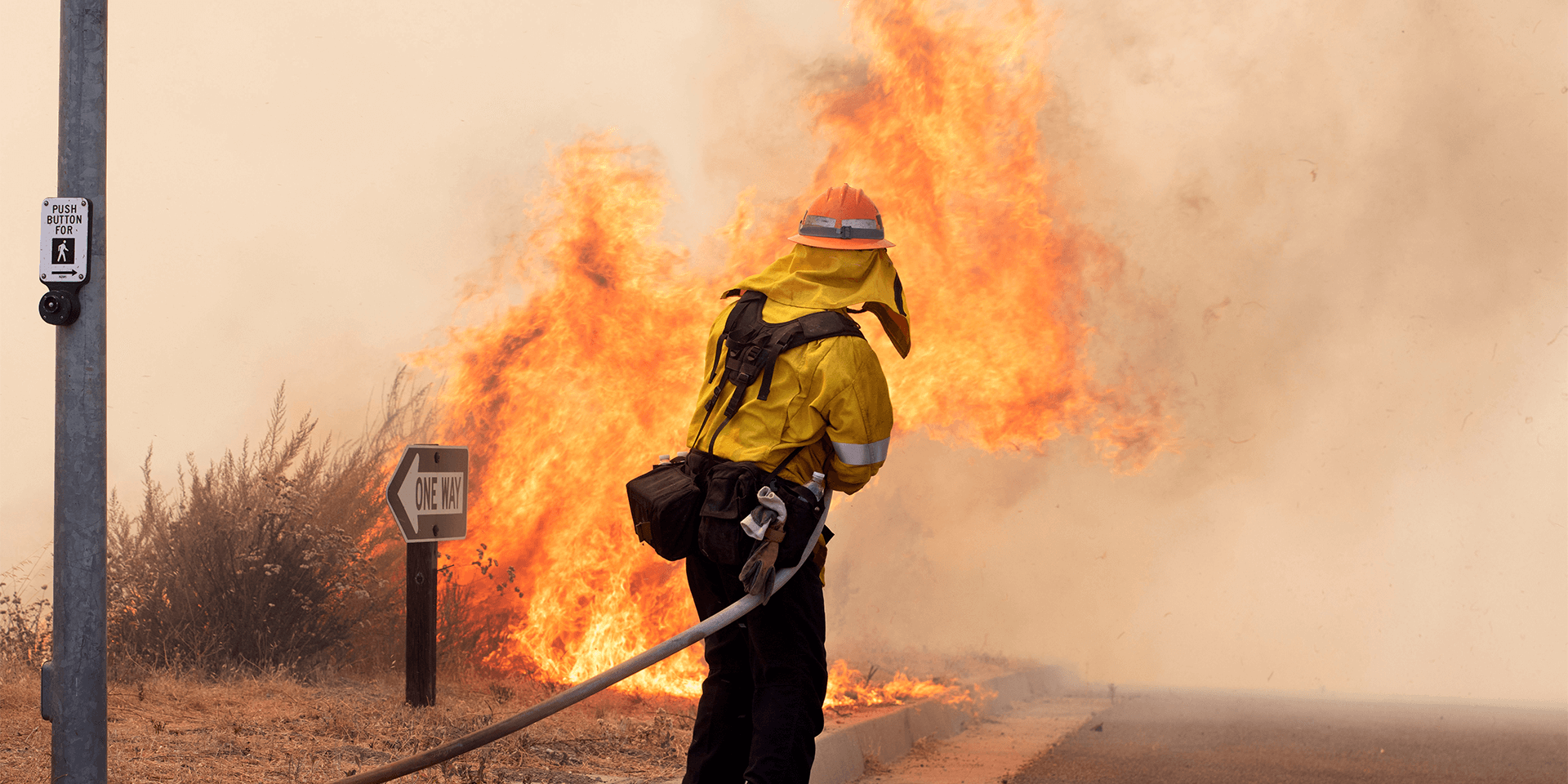Approximately 70,000 wildfires happen every year, according to the U.S. Environmental Protection Agency (US EPA). Since 1983, data from the National Interagency Fire Center reveals a staggering total of 2.7 million wildfires, varying in severity. Over this period, these fires have collectively scorched a vast expanse of 199 million acres, averaging approximately 5.2 million acres annually.
In recent years, these devastating wildfires have ravaged communities, causing significant loss of life and extensive property damage. While some wildfires naturally occur, they often are caused by human activity. So as the summer months create dryer and windier environments all across California, it is best to be prepared for how to respond when the next one comes.
Assessing Wildfire Risks:
The first step in wildfire preparedness is understanding the risks specific to your location. Factors such as proximity to forested areas, prevailing weather patterns, and historical wildfire activity should be considered. Collaborating with local fire departments and forestry agencies can provide valuable insights into the specific hazards faced by your community. By conducting a thorough risk assessment, individuals and businesses can make informed decisions when it comes to protective measures and insurance coverage.
"Wildfires pose significant threats to lives and property, but by prioritizing wildfire response and preparedness, individuals, businesses, and communities can mitigate risks."
Developing a Wildfire Emergency Plan:
Creating a comprehensive wildfire emergency plan is crucial for individuals, families, and businesses. This plan should include evacuation routes, designated meeting points, and a communication strategy to ensure that everyone remains informed and accounted for during a wildfire event. Regular drills and exercises can help familiarize all stakeholders with the procedures outlined in the emergency plan, ensuring a swift and coordinated response in times of crisis.
Hardening Structures and Defensible Space:
Hardening structures and creating defensible space are essential steps in wildfire preparedness. By implementing fire-resistant construction materials and techniques, such as fire-resistant roofs, siding, and windows, the vulnerability of buildings can be significantly reduced. Additionally, creating defensible space around structures by removing flammable vegetation, maintaining proper landscaping, and ensuring adequate clearance can help prevent wildfires from spreading to buildings.
Insurance Coverage for Wildfire Risks:
Obtaining appropriate insurance coverage is critical for mitigating the financial impact of wildfire damage. It is essential to review and update insurance policies regularly to ensure they provide adequate protection. Coverage should include property damage, business interruption, and liability coverage. Consulting with an experienced insurance brokerage and consulting company can help individuals and businesses navigate the complexities of wildfire insurance, ensuring they have the necessary coverage to recover from potential losses.
Collaboration with Local Authorities and Fire Departments:
Building strong relationships with local authorities and fire departments is crucial for effective wildfire response and preparedness. Regular communication and collaboration can help individuals and businesses stay informed about wildfire risks, evacuation procedures, and any specific regulations or guidelines that should be followed. Fire departments can provide valuable guidance on fire prevention measures, emergency response plans, and community-wide initiatives aimed at minimizing the risk of wildfires.
Public Education and Awareness:
Promoting public education and awareness is an essential aspect of wildfire preparedness. Educational campaigns can help communities understand the importance of proactive measures and encourage individuals to take steps to protect their homes and neighborhoods. Informative resources, workshops, and community events can empower individuals with the knowledge and skills needed to prevent wildfires and respond effectively in case of an emergency.
Conclusion:
Wildfires pose significant threats to lives and property, but by prioritizing wildfire response and preparedness, individuals, businesses, and communities can mitigate risks and minimize the impact of these devastating events. By embracing public education and awareness initiatives, we can build resilient communities that are prepared to face the challenges of wildfires.


